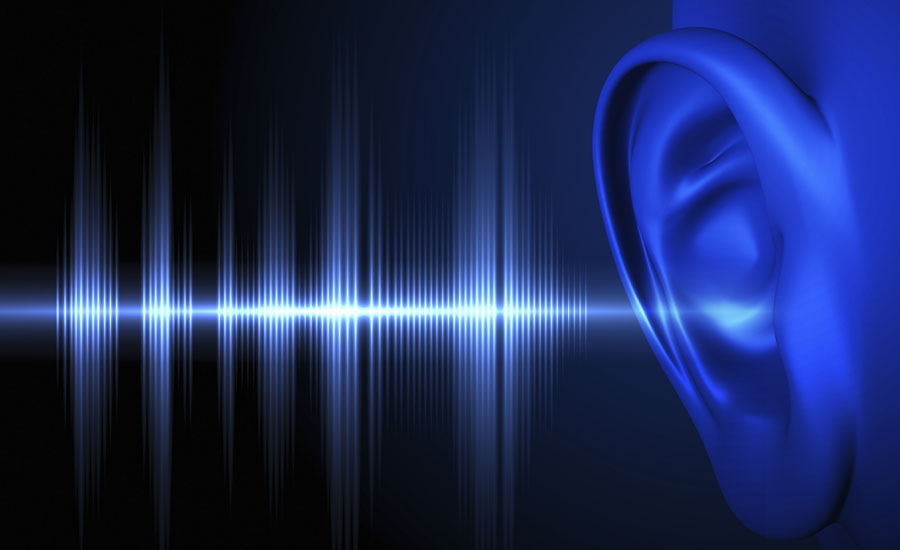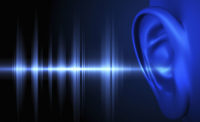May is “Better Hearing and Speech Month”

With this month being a time to raise awareness about what you need to do to protect your hearing, the CDC has rolled out a new website with detailed information about how to prevent hearing loss.
Loud noises can cause permanent hearing loss. And once it’s gone, you can’t get it back. Hearing loss is costly. The cost for the first year of hearing loss treatment in older adults is projected to increase more than 500% from $8 billion in 2002 to an estimated $51 billion in 2030. Hearing loss from loud noise can be prevented. About 70% of people exposed to loud noise never or seldom wear hearing protection.
Did You Know?
Repeated exposure to loud noise over the years can damage your hearing.
Turn down the volume.The outer ear—the part of the ear you see—funnels sound waves into the ear canal.
By the time you notice hearing loss, many hair cells have been destroyed and cannot be repaired.
This is just one of the many informative facts available on CDC’s National Center for Environmental Health’s new hearing loss website.
Think you’re well aware of how to protect yourself? When it comes to hearing loss, we can all think of the usual suspects: listening to fireworks, attending sporting events, and loud concerts.
However, you may be surprised at what you don’t know. For example, everyday activities such as using power tools, mowing the lawn, or attending a fitness class with loud music can damage hearing.
The site features detailed information on the following topics: “What Noises Cause Hearing Loss?” “How Does Loud Noise Cause Hearing Loss?” “How Do I Know if I Have Hearing Loss Caused by Loud Noise?” “How Do I Prevent Hearing Loss from Loud Noise?” and “What If I Already Have Hearing Loss?”
Browse the pages to discover critical information you’re likely unaware of.
Useful Info
- Is the noise too loud? If you need to raise your voice to make yourself heard, yes.
- After a very loud event, such as a concert or football game, normal hearing usually returns within a few hours to a few days—however, repeated exposure to loud noises will eventually damage the inner ear permanently.
- Ways to protect your hearing include turning the volume down, of course, and also taking periodic breaks from the noise and using hearing protection.
- Signs that you may have hearing loss include difficulty hearing high-pitched sounds (e.g., doorbell, telephone, alarm clock) and difficulty understanding conversations in a noisy place.Sound is measured in decibels (dB). A whisper is about 30 dB, normal conversation is about 60 dB, and a motorcycle engine is about 95 dB. Loud noise over a prolonged period of time may damage your hearing. Loud noise above 120 dB, even for a short period of time, can cause immediate harm.Think that hearing damage is usually workplace-related? Actually, activities away from work can damage hearing just as much a noisy job. Over half of all adults with hearing damage do not have noisy jobs.There is no cure for hearing loss! Damaged inner ear cells do not grow back. Protect your hearing, and if you already have hearing loss, take steps to keep it from getting worse.
- The average person is born with about 16,000 hair cells within their inner ear. These cells allow your brain to detect sounds. By the time changes in your hearing can be measured by a hearing test, up to 30% to 50% of hair cells can be damaged or destroyed.
- Hearing loss is the third most common chronic health condition in the United States. Almost twice as many people report hearing loss as report diabetes or cancer. In the United States, about 40 million adults aged 20–69 years have noise-induced hearing loss, and about 1 in 4 adults who report “excellent to good” hearing already have hearing damage.
By the Numbers
Sound is measured in decibels (dB). A whisper is about 30 dB, normal conversation is about 60 dB, and a motorcycle engine is about 95 dB. Loud noise over a prolonged period of time may damage your hearing. Loud noise above 120 dB, even for a short period of time, can cause immediate harm.
Hearing loss is the third most common chronic health condition in the United States. Almost twice as many people report hearing loss as report diabetes or cancer. In the United States, about 40 million adults aged 20–69 years have noise-induced hearing loss, and about 1 in 4 adults who report “excellent to good” hearing already have hearing damage.
Think that hearing damage is usually workplace-related? Actually, activities away from work can damage hearing just as much a noisy job. Over half of all adults with hearing damage do not have noisy jobs.
The average person is born with about 16,000 hair cells within their inner ear. These cells allow your brain to detect sounds. By the time changes in your hearing can be measured by a hearing test, up to 30% to 50% of hair cells can be damaged or destroyed.
There is no cure for hearing loss! Damaged inner ear cells do not grow back. Protect your hearing, and if you already have hearing loss, take steps to keep it from getting worse.
Source: CDC
Looking for a reprint of this article?
From high-res PDFs to custom plaques, order your copy today!




